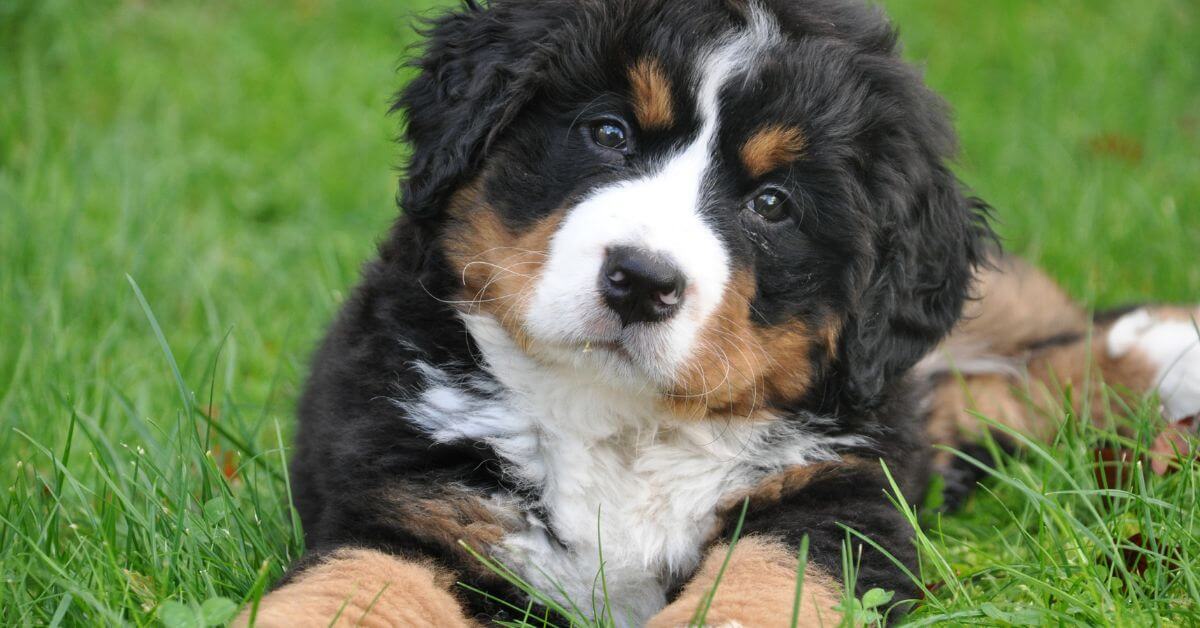Our furry companions, with their wagging tails and boundless energy, etch themselves deep into our hearts from the moment they step into our homes. Time, however, is no respecter of species – and just as our human friends gracefully age, so too do our canine cohorts. But when exactly does that rambunctious pup or lovable adult canine cross the temporal threshold into golden years territory? This often-overlooked milestone is crucial for tailoring care and management that can optimize the longevity and happiness of our four-legged friends. Buckle up, pet owners and dog lovers, as we explore when a dog can truly be considered a senior, and what that means for you and your loyal companions.
Defining Seniority in Our Canine Friends
The General Baseline
Age isn’t just a number for dogs – it’s the currency with which they pay for their invaluable lifespan. For most breeds, a dog can be considered a senior between the ages of 7 and 10, with smaller breeds reaching this stage later and larger breeds earlier. This is a general rule of thumb, and some dogs may not display any senior characteristics until later, while others, earlier still. It’s about knowing your individual dog and understanding changes that might signify the shifting sands of time.
Factors Affecting Senior Status
But what exactly shifts in our dogs as they age? Genetics certainly plays a part, with certain breeds predisposed to age-related illnesses earlier. But lifestyle, diet, and even a dog’s historical health picture can nudge the needle towards seniority sooner rather than later. For mutts or mixed breeds, it’s a bit like a genetic lottery, while for purebreds, particularly those with long pedigrees, the picture might be a bit clearer.
Physical and Behavioral Changes to Watch For
The Telltale Signs
Change is inevitable, and in our pets, it’s often exhibited through their physical health. Watch for a greying muzzle, slowing gait, and a gradually waning sense of hearing or sight. Decreased energy levels and an uptick in napping might catch your attention, as does a reluctance to engage in your usual games or exercise routines. It’s not unusual to see senior dogs experience increased thirst, accidents in the house, and a resistance to colder temperatures.
Addressing Inevitability with Care
Recognizing these shifts is the first step in providing tailored care for your senior dog. Adjustments in the home environment to manage colder weather or reduce stair use, for example, can greatly assist in maintaining mobility and comfort. Regular veterinary checkups become even more critical at this stage, given that many illnesses are more easily managed when caught early.
Health and Nutrition for Aging Canines
Tailored Diets for Golden Years
Nutrition is the backbone of health at any age, and for senior dogs, it should become a more critical focus. With a metabolism that’s more akin to a smoldering ember than a blazing fire, maintaining a lean body mass is important to prevent weight-related health issues. Specially formulated senior dog foods often come with reduced calories, increased fiber to support gastrointestinal health, and added supplements that address issues specific to aging.
Navigating Health Hurdles
Senior dogs are more prone to age-related diseases such as arthritis, diabetes, and heart conditions. Nutrition can play a supportive role in managing these issues. Foods rich in omega-3 fatty acids can help control inflammation associated with arthritis, while a consistent diet will manage diabetes. Your veterinarian should be a partner in guiding nutritional choices to ward off these ailments.
Exercise and Mental Stimulation for a Happy Senior
Moderate Movements
While the days of marathon fetch sessions might be over, regular, gentle exercise is still important for maintaining muscle tone, joint mobility, and a healthy weight. Tailor exercises to be kinder, gentler versions of your dog’s formative play, focusing on the movement without overexertion.
Mind Games and Puzzles
Mental energy wanes with physical capacity, so it’s just as important to exercise your senior dog’s mind. Puzzle toys, short training sessions, and even the introduction of a new trick can provide vital mental stimulation that keeps your dog happy and sharp.
Quality of Life and Care for a Senior Pooch
Creating a Nurturing Environment
Your home can be a haven for your aging dog with a few adjustments. Consider creating a warm, quiet, and easily accessible sleeping area. Non-slip flooring and easy access to food and water can help your companion move around comfortably and reduce the stress of menial tasks.
Enhancing the Bond
Quality of life is about more than just sustenance; it’s about connection. Spend intentional time with your senior dog, engaging in activities that bring joy and reinforce your bond. Regular grooming sessions, soft massages, and simply being by their side can make all the difference in both of your lives.
In Conclusion: It’s Never Too Late to Start When It’s Right on Time
Your dog’s transition to seniority is a subtle, yet profound phase of its life, and meeting it with grace and care is a testament to the love you share. Understanding this transition allows you to adapt and continue to provide the nurturing environment and companionship your dog deserves. Here’s to the wisdom and warmth of senior dogs, and to the joyful times ahead as you both venture into uncharted golden territory.
Related Article: https://greatseniorhours.com/understanding-when-your-dog-turns-a-senior/

